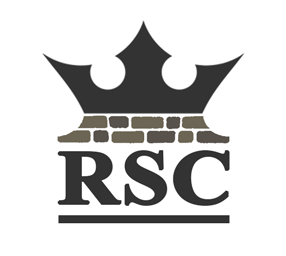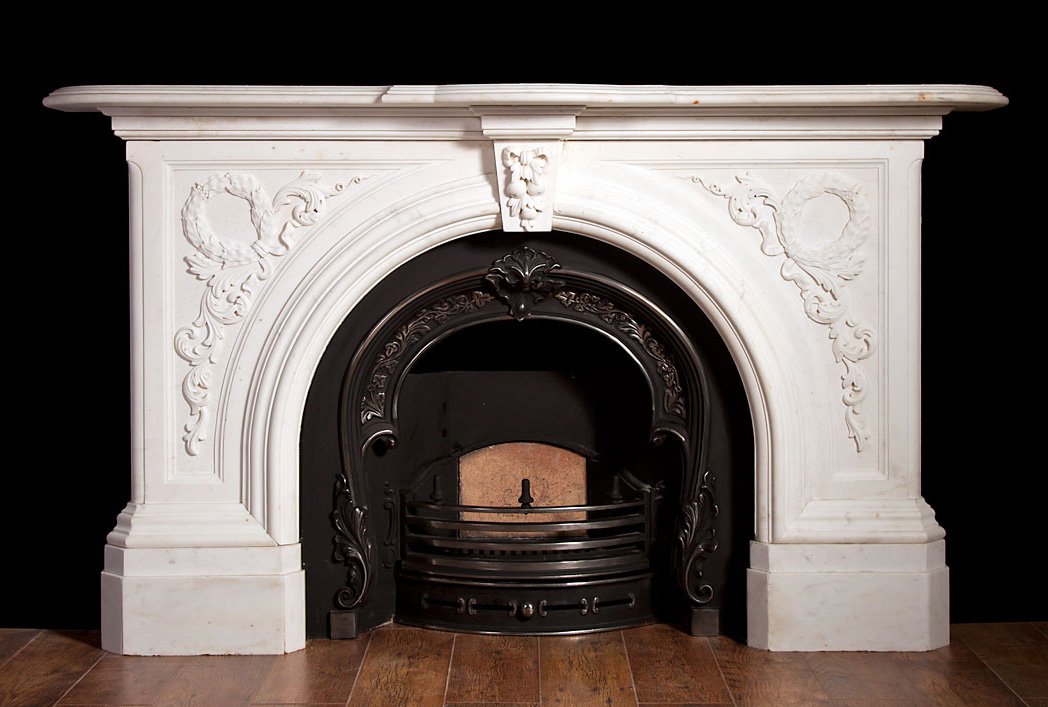Back in the mid 1970’s I worked for a fireplace manufacturing and installation company. When the company started, its main product was custom built stone fireplaces that were cut and installed on site. Many of the fireplaces took between two and five days, or more, to build. I’m talking about putting them in ordinary houses, not big mansions or stately homes. Well, not most of them at least. With the stone being cut at the house, it did get a bit untidy and messy at times. We tried building them back at our yard, in kit form, to the measurements of each house. We thought it would be cleaner for our customers plus we had all the facilities we needed back there. However, when it then only took a day to install them, the customers were not happy because they were paying a lot of money but couldn’t see the amount of work they were paying for. Sometimes we just couldn’t win; until a change in fireplace fashion started taking place.
Over a period of several years it became more popular to have a marble fireplace installed with a Robert Adam style surround to it. At first the fireplace surrounds were made of wood but more and more fibreglass surrounds replaced the wooden ones. Easier to keep clean, lighter in weight, more consistent in design and, of course, much cheaper. With the size of the rooms in new houses being built smaller, the size of a fireplace also became an issue. Marble units were smaller, so took up less living room space than the stone and brick built fireplaces. If marble was being used with an open fire, there were still regulations regarding the depth of hearth and fire opening sizes in domestic homes. So not all of them intruded into the room less; only the ones being used with gas and electric fire appliances. The width of a marble fireplace was generally a lot smaller than a stone one, so it gave the illusion of taking up less room.
These Regency look-a-like fireplaces used two very different formats of marble installation for their hearths and inserts, or back-panels as they were often called. For use with electric fires, the back-panel could just literally be a sheet of marble, cut to fit the customers surround of choice. Same for a gas fire, except that a regulation sized hole had to be cut to accept the flue of the appliance. When an open fire was going to be used, then there had to be a different construction method as the much greater heat generated could make the marble explode or, at the least, send hot flying splinters of marble out.
The construction of a back panel for an open fire was to use marble tiles that were 15” by 20” and then cut to size to fit the chosen surround and fire opening. The fire openings were normally 16” or 18” by 20” high. The cut tiles were then laid face down on a big flat slate slab with the metal fire opening surround in place. So effectively, it was like looking at the marble back panel and opening from behind. Wooden shuttering was put up all around the tiles and then filled with a concrete mix and left to set. Usually, when a tiled back-panel was being used, a tiled hearth was made in a similar method so everything matched. The edges of the hearth were made from 2” high strips of marble cut from the same tiles. Just in front of the fire opening a metal plate was cast into the hearth to help deflect the heat from the open fire. The metal of the plates and fire opening surround were usually brass, stainless steel or copper.
The resulting back-panel looked great when finally fitted into place, There was really only two problems with them. Getting enough tiles of a similar shade to match, marble is a natural material after all, and their weight. Even a small assembly of 4 tiles weighed almost 1½ hundredweight when backed with concrete. Even just moving them was a two-man job, let alone installing them. Fortunately, one day we discovered a material called Leca. This is a lightweight aggregate made from fired clay granules. Now the backings only weighed about as much as one extra tile, which made everyone happy. We were then producing and installing beautiful fireplaces without having to risk pulling a muscle every time.
Of course, all these gorgeous fireplaces we installed still needed looking after. Provided they were kept polished they were fine. However, if they were neglected for any period of time, that’s when their owners needed the specialised treatment of the kind that Royal Stone provides for the people in the London area. If you are lucky enough to own any kind of marble installation, not just a fireplace, then Royal Stone Care can help you maintain its looks.

